
Introduction
A well-designed curriculum serves as the backbone of quality education. However, designing a curriculum is only the first step; effective implementation and evaluation are equally crucial. This blog post delves into the importance of aligning the three central dimensions of the curriculum: the Intended, Enacted, and Learnt Curriculum. This alignment is pivotal for achieving successful educational outcomes.
The Three Dimensions of Curriculum
1. The Intended Curriculum
The Intended Curriculum refers to what educators aim for students to learn. It encompasses general aims, specific learning objectives, and the substantive and disciplinary knowledge students should acquire (Wiggins & McTighe, 2005).
2. The Enacted Curriculum
The Enacted Curriculum is what actually happens in the classroom: the teaching methods, the interactions, and the learning activities. A robust enacted curriculum should reflect a sound understanding of subject matter, content knowledge, pedagogical knowledge, and pedagogical content knowledge, as outlined by Lee Shulman (1986).
3. The Learnt Curriculum
The learnt Curriculum is what students retain. Evaluating the learnt curriculum involves assessing the effectiveness of teaching methods, learning activities, and students' acquired knowledge through various evaluation techniques such as workbook scrutiny, student surveys, and teacher interviews (Hattie, 2009).
The Importance of Alignment
Consistency in Educational Goals
Aligning the three dimensions ensures that the educational goals set forth in the intended curriculum are what get taught in the enacted curriculum and ultimately what students actually learn (Biggs, 1996).
Enhanced Evaluation
A well-aligned curriculum provides a robust framework for evaluating educational outcomes through methods like workbook scrutiny and discussions with students and staff (Black & Wiliam, 1998).
Optimised Teaching Methods
When the intended and enacted curricula are in sync, it becomes easier to select evidence-informed teaching methods that facilitate effective learning (Rosenshine, 2012).
Practical Tips for Alignment
1. Specify Knowledge: Clearly articulate the substantive and disciplinary knowledge you intend for students to learn.
2. Choose Effective Methods: Utilise evidence-informed teaching strategies like Rosenshine's Principles (Rosenshine, 2012).
3. Evaluate and Adapt: Continually assess your curriculum's effectiveness using various evaluation tools.
Conclusion
Aligning the intended, enacted, and learnt curricula is a multifaceted but invaluable process for achieving educational success. This alignment not only streamlines teaching and learning but also simplifies the process of evaluating educational outcomes.
For a detailed outline of aligning the three dimensions of the curriculm, please see our course: Judging the Impact of Your Curriculum.
References
Biggs, J. (1996). Enhancing teaching through constructive alignment. Higher education, 32(3), 347-364.
Black, P., & Wiliam, D. (1998). Assessment and classroom learning. Assessment in Education: Principles, Policy & Practice, 5(1), 7-74.
Hattie, J. (2009). Visible learning: A synthesis of over 800 meta-analyses relating to achievement. Routledge.
Rosenshine, B. (2012). Principles of Instruction: Research-based strategies that all teachers should know. American Educator, 36(1), 12-19.
Shulman, L. S. (1986). Those who understand: Knowledge growth in teaching. Educational researcher, 15(2), 4-14.
Wiggins, G., & McTighe, J. (2005). Understanding by design. ASCD.
Related articles


.png)

